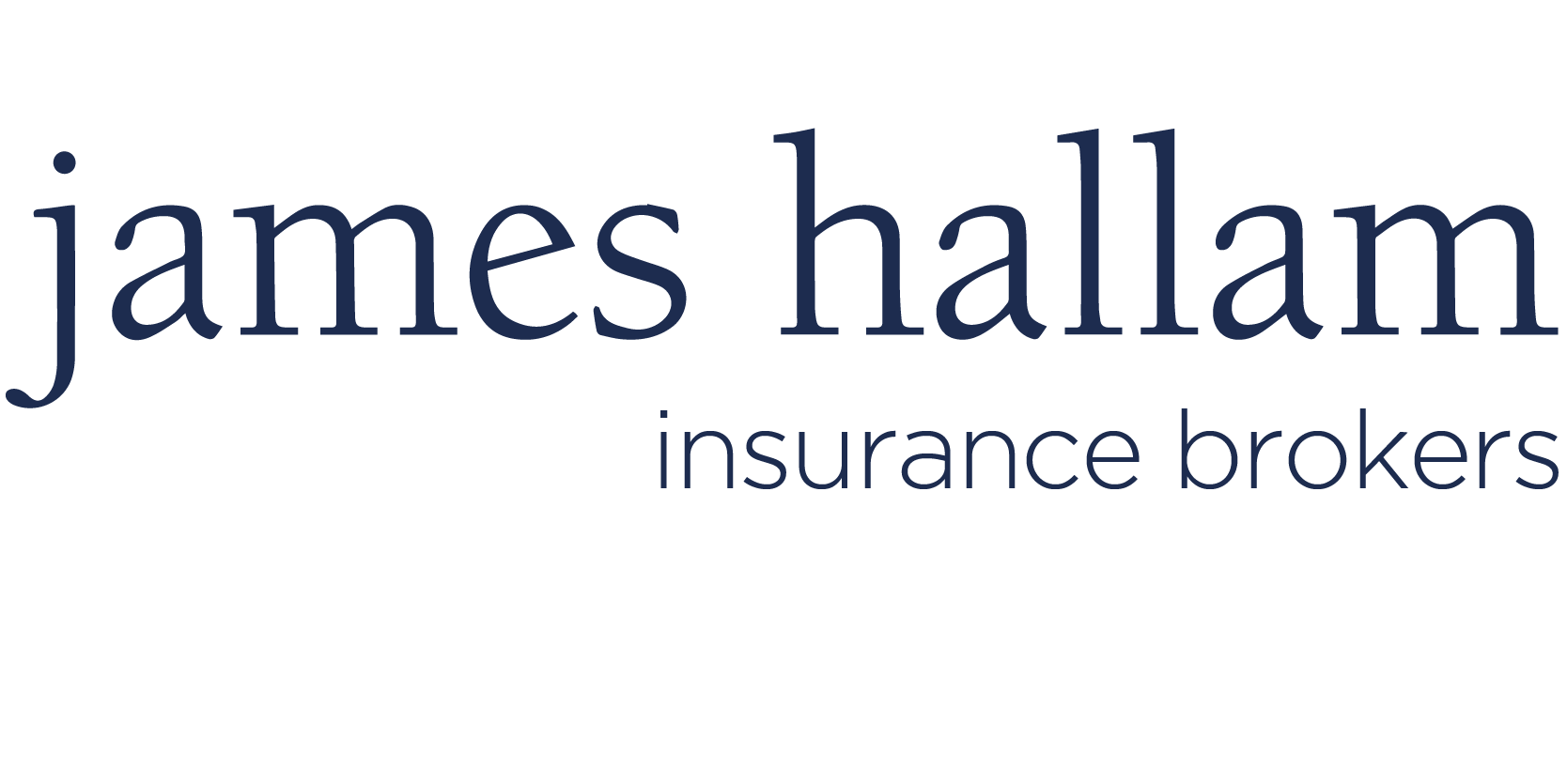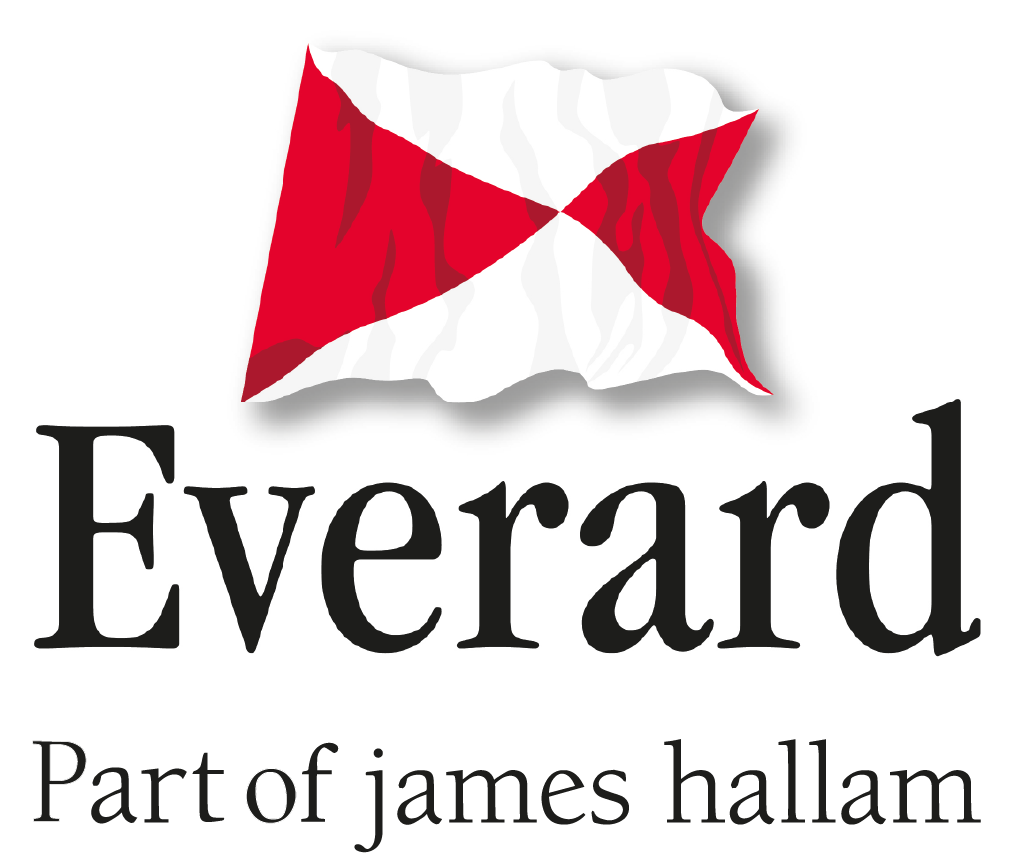Under UK law, every business must have a health and safety policy. In a restaurant or café, a health and safety policy can help prevent many common accidents and injuries. It can also help you ensure that your staff will know what to do should anything ever go wrong.
In this post we will outline the key components of a restaurant health and safety policy.
Key Health and Safety Risks in a Restaurant
- Food and Drink Risks – Unless you follow stringent hygiene practices, your customers could get ill from eating your food.
- Fire – Restaurants have more fire hazards than many other businesses, including open flames, electricals, and numerous flammable substances. These can cause burns and scalds for your staff, along with more serious fire outbreaks that could affect your entire premises.
- Knives and Sharp Objects – Some members of staff will need to handle sharp objects as part of the work, whether this is in food preparation or in washing and storing utensils. Broken glassware is another major hazard, which can affect both your staff and your customers.
- Slips and Trips – Restaurants and their kitchens can be cluttered and chaotic places. A spillage, or a misplaced item in a walkway, could result in a slip or a trip. And if a waiter falls while carrying a trayful of food or drinks, the damage could be considerable.
What Should You Include In Your Restaurant Health and Safety Policy?
When compiling your restaurant health and safety policy, you should start with a thorough risk assessment.
How to do a Restaurant Risk Assessment
Identify all of the possible risks to both staff and to members of the public, and consider the steps you could take to mitigate those risks. The steps you outline will form the basis of your health and safety policy.
Restaurant Capacity
The more people there are in your restaurant at any one time, the greater the chances are that something will go wrong. It is important to:
- Set a maximum cap for the number of people who can be in your restaurant at any one time.
- Set a cap for your venue space, if you ever host events such as weddings in your restaurant.
Setting a maximum capacity can help prevent slips, trips, and falls, as it can ensure that your restaurant will never get so crammed that staff and customers will struggle to move.
Fire Safety
- Make sure at least one member of staff gets dedicated fire safety training, and appoint them as your restaurant’s fire marshal.
- Identify your restaurant’s fire escapes, and ensure that all fire escape routes remain clear of obstructions at all times.
- Ensure that there are appropriate fire safety signs and equipment throughout your restaurant.
Staff Training
Your health and safety policy should detail all of the training you require your staff to undertake. As we mentioned above, this should include:
- Fire marshal training for at least one member of staff
- Essentials of fire safety briefing for all employees
- Appropriate First Aid training for a dedicated first aid responder, which you should appoint.
- Where necessary, staff should receive training on safely handling potentially hazardous objects such as knives and cooking appliances.
Ventilation
Good ventilation is essential in the restaurant environment, as it can stop fires from spreading while clearing areas of smoke and other hazardous substances should a fire break out. Proper ventilation can also prevent germs and other infections from spreading among both staff and customers.
For more information on ventilation regulations in catering establishments, read the HSE guidance.
Health and Safety Checklist
Finally, your restaurant health and safety policy should include a checklist to help you ensure that you have measures in place to address all of the common risks you face in your catering business. Complying with this checklist will also help you pass your routine health and safety inspections whenever a Food Safety or Environmental Health Officer visits.
Here are some of the items you should include on this checklist:
- The entire restaurant is clean, with no pests.
- You regularly clean all equipment to professional standards, with separate sinks for washing equipment and hands.
- You comply with all food storage requirements, ensuring that your fridges and freezers are at the right temperature. There is also a stock control system in place, to ensure that you never store, prepare, or sell food once it has expired.
- You have a cleaning procedure in place which includes guidance on the use of cleaning products, along with the use such as protective equipment such as hair nets where necessary.
- There is a first aid kit available, along with at least one member of staff who knows how to apply essential first aid. You also have all necessary fire safety signage and equipment, with a trained fire marshal onsite at all times.
Get Specialist Insurance Cover For Your Restaurant
Your health and safety policy can help you manage many of the common risks associated with running a restaurant. But if anything does go wrong, then dedicated restaurant insurance can give you all the cover you need.
Read our full guide to restaurant insurance.
James Hallam is an independent Lloyd’s broker with access to a hand-picked selection of A-rated insurance providers. We can help you get a specialist restaurant insurance package that truly meets your needs at a competitive price.

